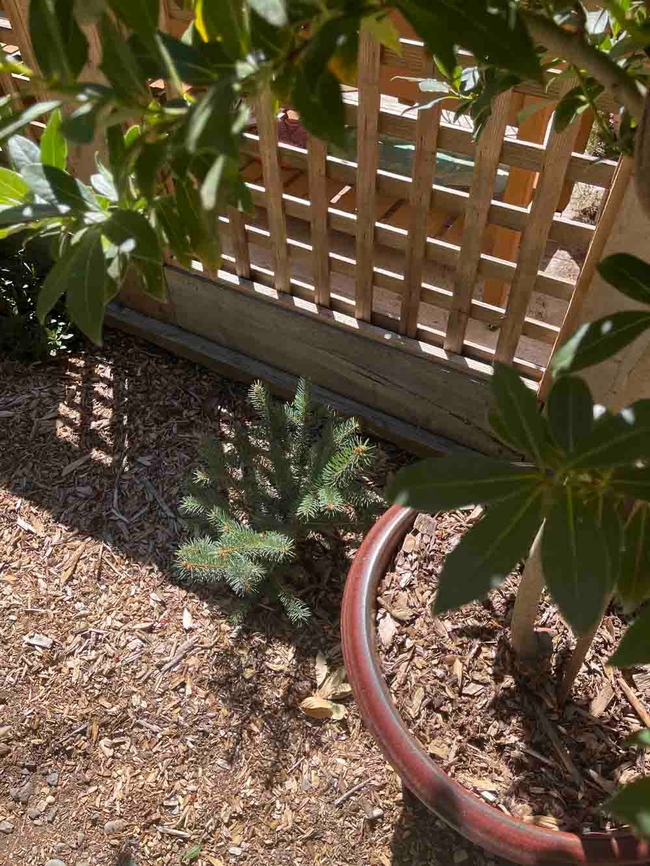It's Autumn! As we shift to cooler weather, take time to evaluate your garden's damage and stress caused by this summer's extreme heat. This is the perfect time to devise long-term cooling and shading strategies to reduce sun and heat damage in the future.
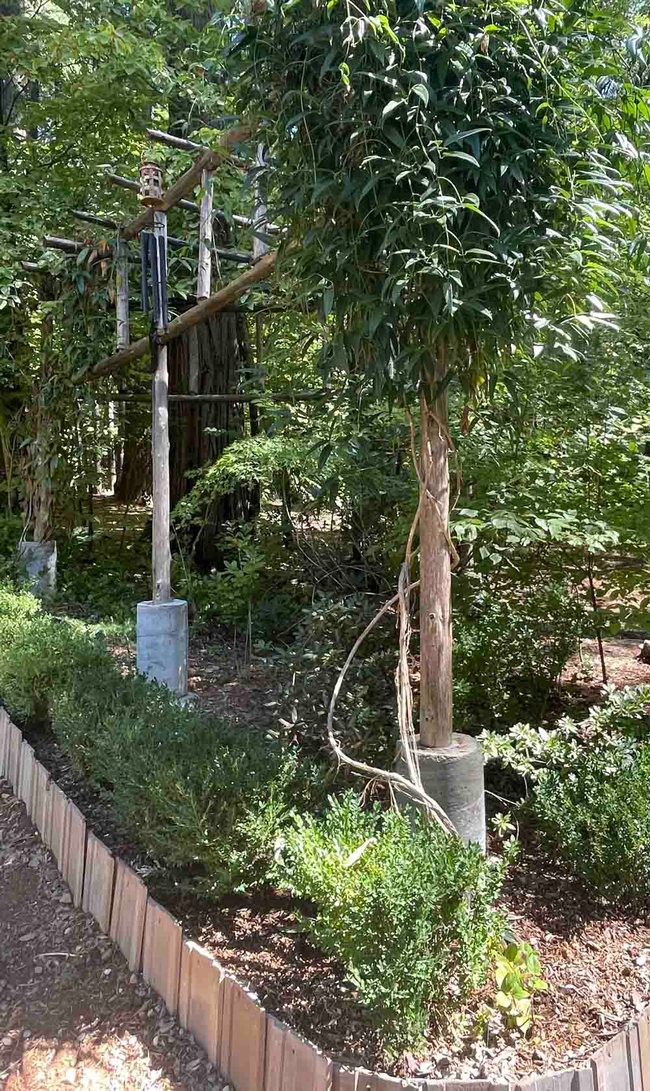
Write down your observations, keeping in mind the damaged plant species, location in the garden, and daily hours of exposure to sunlight and shade, especially during the summer months. Be sure to note whether the plant receives hot afternoon sun (western/southern exposure) rather than a kinder eastern morning sun exposure. Note any nearby hardscaping, decorative rocks, pathways, concrete, or buildings that reflect heat and sunlight or radiate heat overnight. Take time to analyze soil condition, moisture, watering system coverage, mulch, and any other directly involved factors.
Armed with all your information, ask the following question for each affected plant: is the plant species the right match for its location in terms of summer sunlight? While it's heartbreaking to accept, sometimes the plant isn't suited to our extreme heat conditions, no matter what we do to protect it. A gardener must weigh the time and effort required to safeguard a mismatched plant in our environment. The payoff might not be worth it.
More often, the plant will grow well in our area when relocated to another spot that provides a more appropriate microenvironment. Research the best time to transplant the particular plant species and follow the instructions accordingly. Be mindful of the sun and shade conditions in the plant's new location and be prepared to incorporate some of the following suggestions to protect your plant, even in its improved location.
If the plant can't be relocated, consider incorporating seasonal landscaping solutions. Plant taller, more sun-tolerant annuals or biennials like hollyhocks and sunflowers that cast shade to protect a shorter plant during the harsh summer months. Staking these taller plants may be necessary. A perennial hedge, situated to provide shade during the afternoons, is a longer-term solution.
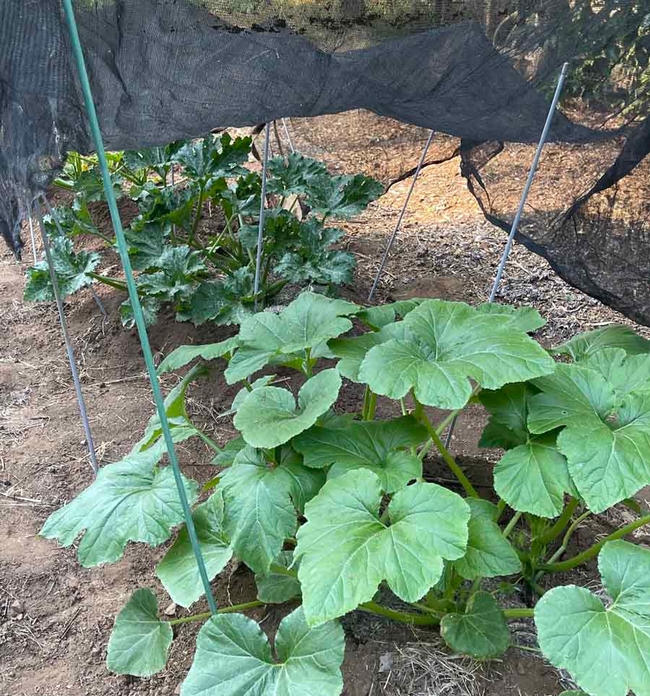
Dark shade cloth, available in rolls, will also help, but for less unsightly long-term solutions, consider more attractive shade cloth awnings. There are many shapes and colors available; choose a knitted screening cloth with a 30-60% density rating. Permanent, buried concrete footings can be established to hold removable poles or supports that elevate the shade cloth. Even better, cable systems attached to permanent structures by hooks and turnbuckles are excellent ways to create an adequately elevated, taut cover. Build as much flexibility into your shade cloth system as possible so it can easily be removed after the summer to allow winter light in.
Another visually attractive solution combines annual plantings with hardscaping design. Interlace your landscaping with strategically placed lattice panels or other decorative open fencing tall enough to provide shade for low shrubs, ornamentals, and roses. Fence placement should focus on reducing your garden's exposure to the hot south or western sun. Plant fast-growing annual vines to temporarily climb on the fencing to add visual interest and, of course, increase shading possibilities.
Trees, especially quick-growing, tall, narrow trees, are another longer-term way to provide shade in extreme heat. Thoughtful analysis, planning and selection is essential when planting trees to establish a permanent break from hot afternoon sun. Pruning to properly shape and manage tree height may be necessary.
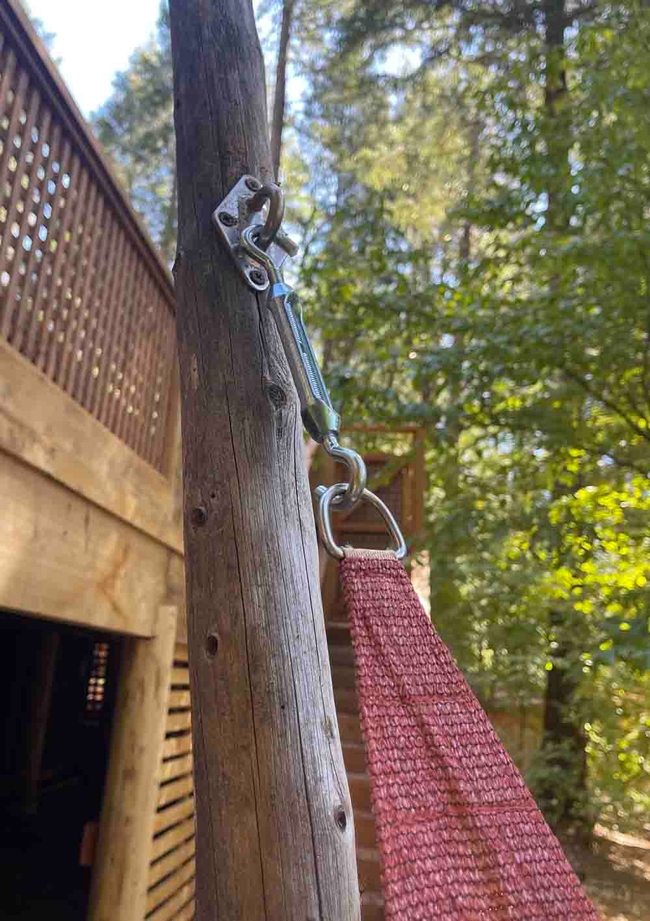
Concrete paths and driveways often increase daytime reflective light and temperatures and radiate excessive overnight heat near plants that need to cool down. Removing the concrete and replacing it with gravel is an option. Any gravel materials will store heat during the day and radiate it back at night but gravel can raise humidity if the underlying soil is moist, possibly helping to cool nearby areas[O1] . Extending mulch onto the concrete can be a short-term alternative. As is often the case, adding deep mulch throughout your landscape is a very beneficial way to reduce heat and dryness experienced by a plant's surface roots.
Adding an outdoor fountain or other type of water feature is another way to cool things down. As the mist from a fountain evaporates, it cools the surrounding air. The increased humidity from mist helps heat-stressed plants and even aids in flower retention. Misting systems are a good alternative if a water feature is out of the question. Placing time-controlled mist emitters high in trees and along rooflines of garden buildings can bring extreme temperatures down quite a bit.
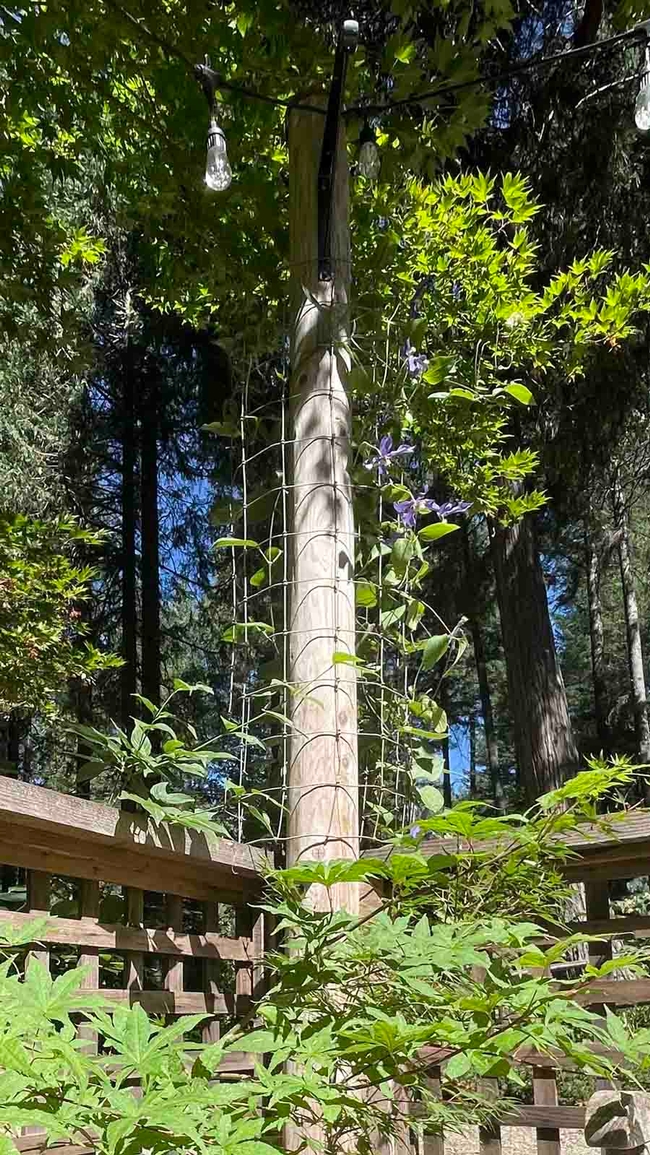
When adopting these cooling solutions, be open to flexibility and possibility. Future extreme heat events, each unique, will require you to adapt your landscape planning to weather changes. If something doesn't work out, try a different strategy. Eventually, your garden will be a happier, and hopefully cooler, oasis.
UC Master Gardeners of Butte County are part of the University of California Cooperative Extension (UCCE) system. To learn more about us and our upcoming events, and for help with gardening in our area visit our website. If you have a gardening question or problem, email the Hotline at mgbutte@ucanr.edu or leave a phone message on our Hotline at 530-552-5812. To speak to a Master Gardener about a gardening issue, or to drop by the MG office during Hotline hours, see the most current information on our Ask Us section of our website.
